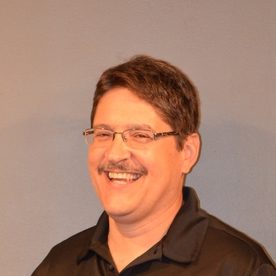In his book, View From The Top: An Inside Look At How People In Power See And Shape The World, D. Michael Lindsay discovered three primary responsibilities emerging across the spectrum of highly successful and influential leaders.
- They are productive with their time and energy.
- They motivate and manage people well.
- They build an organizational culture with a vision for human flourishing.
Productive with their time and energy:
Successful leaders shared that it is vital to dial in and really focus on opportunities of the day. It’s so easy to get caught up in the tsunami of details and urgent needs at the expense of important tasks and strategic actions. When leaders spend up to 80% of their time in meetings, they must find windows of time to “stop the train” long enough to ask some key questions including:
- What am I doing here?
- What am I trying to achieve?
- What are the main problems?
Motivate and manage people well:
Dr. Lindsay’s interviews with key leaders revealed that you can’t be effective technically as a leader until you’re effective relationally, because the two are interdependent. As one leader shared, people are the real challenge of leadership. The “soft stuff” is the “hard stuff.” As Daniel Goleman discovered in his EQ research, self and relational understanding and management accounts for 67% of what is needed for effective performance. It only makes sense when you wake up to the fact that, as a leader, you need to manage diverse gifts, personalities, and talents to have an effective team. The only way to connect with and motivate people is to communicate in ways that value this cognitive and emotional diversity. Key questions to ask:
- Do I feel connected to my people?
- When is the last time I made a personal connection with a team member that communicated how much I value their unique contribution?
- Do I create a safe space for team members to give me feedback for greater self-awareness?
Build a culture with a flourishing vision:
A flourishing vision has to be a shared vision in an organization. However, this doesn’t mean consensus is always the highest end. As one key leader stated, “If you’re only taking people where they’re already going, you might as well be a bus driver.” What effective leaders shared had to do with creating a culture of collaboration ‒ where vision is co-created by the whole team in ways that invite deep ownership of not only the destination, but also the process of getting there. To commit to being this kind of leader means it will at times be slow and messy. Key questions to ask:
- How do I influence the culture of my organization as a leader?
- Does my leadership help team members have ownership?
- What does it look like for me to embrace the messiness of creating a shared vision in my organization?
Mastering these three primary responsibilities may seem daunting. Starting with the questions and setting aside time for self-reflection is a great way to “prime the pump.” Then choose one goal or step each week as part of a three-month plan to make these responsibilities the top priorities of your growth and development as a leader.


 Ritch Hochstetler
Ritch Hochstetler
